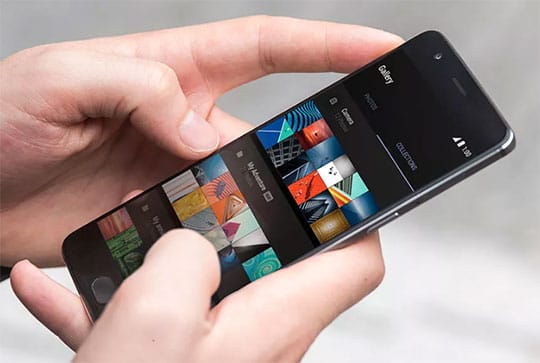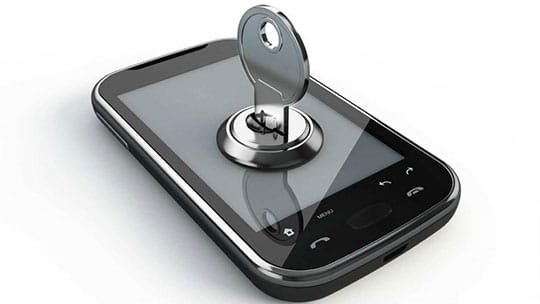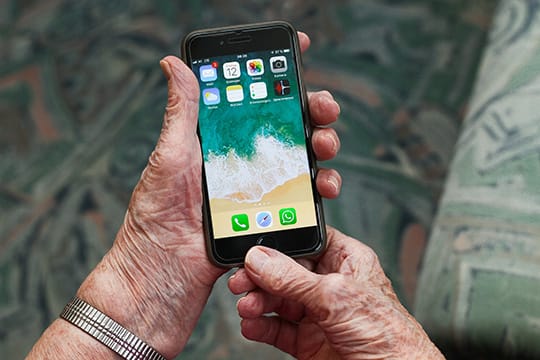Article Note: This article “Top 10 Tips to Detect and Remove Phone Spy Software (Spyware)” was first published on 28th March 2017. We have last updated this article on 4th May 2020 with fresh information.
Smartphones, today, are more than a device used for communication. They are sophisticated devices that store a lot of powerful, personal, and sensitive information of their owners. From photographs to documents, the information contained in a mobile phone is enormous. No wonder, mobile devices have become the primary target of hackers and cybercriminals. It has become very important for mobile phone users to be aware of cyber threats and alerts to ensure their security is not compromised.
Cell phone spy software (i.e. spyware, wiki) has become one of the greatest threats to the privacy of your mobile data and the functioning of your mobile phone. Unbeknownst to many users, these apps are able to access your text messages, e-mail, call history, location, and can also record your voice calls in some instances.
Today, these apps can easily be installed on your phone without your consent or, more often, you install them without knowledge of all of their functions. That said, knowing about the presence of spyware and how to remove it is important for all end users.
How to Detect Spy Software is Present on your Phone?

This guide will help you run through common spyware, understand the warning signs and ways to remove any spyware from your device. The signs may vary between different spyware, and few of the signs may be hard to spot. Here are some of the sudden changes in your phone that may be indicators of spyware being present on your mobile device:
Recommended for you: 10 Excellent Pieces of Advice to Increase Your Website Safety!
1. Sudden Restarts and Shutdowns

Does your device shut down in the middle of a running application? Usually, your phone should only start or shut down when you command it to do so. However, when it reboots or shuts down without your command or authorization, there is the possibility of spyware in it. Much like installing PC software, installing applications that can affect the command and control of your system may require a restart.
This should not be the case with mobile devices following app installations, though, and is a red flag. It is possible that someone has unauthorized remote access to your phone. If the person can reboot the device remotely, they can do almost anything with your phone.
Also, check if your device shows signs of activity when it is in standby mode. Look for signs like the screen lighting up in standby or the device making sounds while in standby mode.
2. Sudden Changes in the Battery’s Life-Span

For years, spyware has been known to drain the battery of your phone severely. If your phone’s battery suddenly starts running down faster than it used to, it may not be due to the age of the device’s battery or heavy usage over time. This may be an indicator of spyware if there are no changes to your usage patterns or the number of apps running in the background.
Also, check if your phone is getting warm even when you are not using it. It may be because of the spyware apps running in the background. Most spyware is designed to run in the background and cannot be detected easily. An overheated phone is a clear indicator of spy activity on your phone.

3. Background Noise in Calls

Some mobile spyware has features that can listen to and record your calls. As a result, you may be able to hear strange voices, hear people talking distantly, or experience unnatural noise as you talk using your phone. It’s nice to use another phone and test whether it is a network problem. If it’s only your phone that displays this behavior, or if it is happening consistently on calls, then spyware could be present on your phone.
Phone networks today have a stable connection and strong signals. So, it is not normal to hear odd sounds or background noises when you are on a call. If you are hearing background noise or distant chatter not connected to the person you are talking to, then your calls are being recorded and spied on.
4. High Data Usage

Although this is slowly changing, some spyware sends logs to and from your phone and uses up your data in the process. This kind of software usually directs your phone to other strange websites when you are using data or are on a Wi-Fi connection. Also, low-quality spyware software uses a significant amount of data to transfer information collected from your device.
You may not be able to spot technologically advanced spyware apps on the phone with a change in mobile data usage. It can be hard to spot the change in data usage today because the apps have been modified to use smaller amounts of data, but nevertheless, you could still detect it if you are keen enough. Having apps running or refreshing in the background can also use up data unintentionally, whether it is from spyware or not.
Do not allow apps to be downloaded and installed from any other source except the official app store. This is particularly important for Android devices as they come with a setting that allows apps to be installed outside the Google Play Store. Even in iOS apps, it is not necessary to jailbreak the device to install spyware. There are apps that allow the installation of malware on the device.
5. Strange Messages and Notifications

Are you receiving odd or unusual social media messages, text messages, or emails? Are you receiving messages with links or attachments? Some spyware uses text messages to send command features to be configured on your phone. These messages usually contain strange symbols and numbers; this is a sign of spy software on your phone.
Never click on any link or download an attachment from a message you cannot trust. It is called phishing and is the most common way of spyware entering your device. Most phishing attacks are designed to catch a victim unaware. They attempt to lure the user with a link or executing software on attachment download. If you’ve detected or have reason to believe there is spyware on your phone, it is prudent to remove it immediately.
How to Remove your Phone Spy Software?

If you spot any of the above signs on your mobile device, it should ring alarm bells. Your mobile device is probably infected with spyware that is monitoring your phone activity or collecting your information or both.
Once you have understood the warning signs that indicate spyware, next you need to know how to treat them. Here are ways you could remove that spyware.
You may like: 10 Paid Mac Cleaning Tools That Are Worth Investing In.
1. Uninstall it

Look at your device’s dashboard and find a way to uninstall it. You may find apps on your phone that you have not downloaded yourself. Also think about the app you last downloaded, after which you started facing the spyware issue. Sometimes, spyware apps come installed in other apps. So, you may have to delete the app that may have brought spyware.
Some apps may be hidden, without icons, or are otherwise hard to find, so it is good to seek the help of professionals if you are in doubt. Check a list of apps installed on your device. This list can be accessed in the settings section. Look for apps with funny names or words like a spy, Trojan, and more.
2. Update Your Phone’s Operating System

Updating your phone to the latest operating system can help you get rid of the spyware on your phone. This may patch the exploit the spyware is using or reset the app authorizations. However, you should be sure to backup your most important data before doing this.
3. Reset to Factory Settings

This is a drastic measure, but extremely useful. It involves resetting your phone back to factory settings, often termed a factory reset. In virtually all mobile operating systems, this can be found in the device’s settings. Unfortunately, while it will get rid of the spyware, it will also remove everything else on your device.
Noting your essential apps and backing up your data is crucial for this solution. This option should always be exercised as the last resort. Remember it will delete all third-party apps from your device. If you choose to do this, make sure you have a backup of all the information present on your device that you do not want to lose.

4. Manually removing the affected files

If you are aware of the specific files that were installed, manually removing them is an option. This requires you to be keen, as you can easily delete the wrong files; the software is usually hidden and hard to find just by a quick look at your applications, and likely won’t have ‘spyware’ in the file names. Take your time and monitor the exactly affected files to ensure that you delete the correct files if you opt to use this solution.
5. Remove the Jailbreak (iPhones)

Jailbreaking an iPhone allows users to install third-party applications and modifications, as well as access the iPhone’s file system. With this, the security of having all applications vetted by Apple is bypassed. Removing the jailbreak requires you to update the operating system, but the files may still remain if not uninstalled via Cydia first. Like other phones, remember to backup your data and update the iPhone operating system through iTunes. If so desired, the device can always be jailbroken again in the future.
You may also like: Cybersecurity Risk Assessment & Management Tips for Small Businesses.
Conclusion

In conclusion, users can avoid spyware through diligence in granting application permissions and installing apps. Likewise, they can prevent the installation of these apps by other people by using password locks, and tell when it is present through indicators. For the more tech-savvy, several sites can keep users up-to-date on the latest trends in malware and spyware. However, in the event your mobile phone gets infected with spyware, the steps above can assist in getting rid of it.
“When you discover that your device is being spied on, you may be shocked and worried. Well, with the rising cases of cyber crimes, there is nothing to be shocked about. It is always better to be safe than sorry!” – as securitygladiators.com mentioned in one of their recent articles.
So, be alert and always look for any indicators of spy software present on your phone or any smart device.






